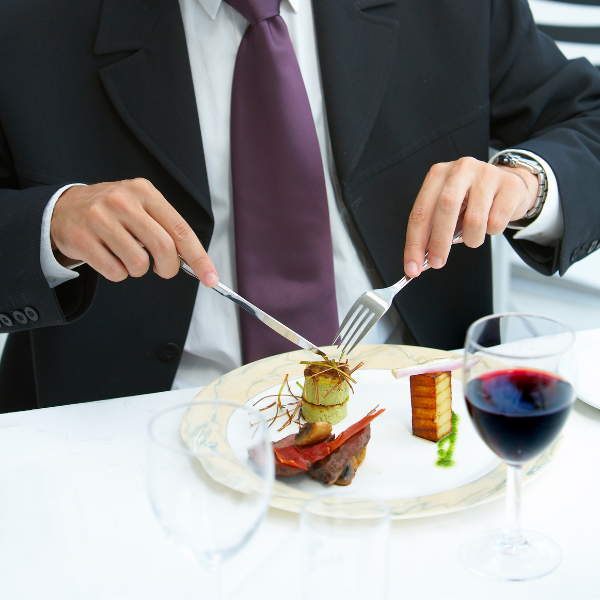As retail media and consumer preferences reshape the candy and snack space, foodservice operators, restaurant groups, and distributors must adjust to meet new expectations in product variety, pricing, and packaging.
Recent NIQ data shows steady unit sales, but the product mix is shifting. Private label candy sales are up 8.5% in dollars and 4.2% in units year-over-year, signaling growing interest in value. At the same time, smaller-pack premium snacks remain popular, pointing to a continued appetite for affordable indulgence.
To stay relevant, foodservice assortments must strike a balance between cost-conscious options and premium appeal. For foodservice, this bifurcation translates into opportunity. Single-serve or artisanal offerings can serve both value-driven guests and those seeking small luxuries. Options such as favor boxes, candy jars, and glass bowls support the pivot toward visual appeal in dine-in or grab-and-go programs.
Retail Media Extends Its Influence
Retail media networks are increasingly shaping what consumers see, try, and repurchase, especially in the candy and snack aisles. These digital platforms are expected to have generated over $60 billion globally according to industry forecasts. While largely retail-focused, the broader implications extend to foodservice sourcing and product promotion strategies.
C-stores, which often serve as early indicators for snack trends, have adopted dynamic in-store displays and digital targeting methods. These approaches influence flavor profiles and packaging that later migrate into other foodservice formats. Restaurant buyers can track which snacks perform well in retail media campaigns to inform cross-merchandising or limited-time offers.
Format & Packaging Trends Reflect Shift Toward Versatility
Shoppers are engaging with snacks differently across platforms, and that’s accelerating demand for packaging that’s suited to multiple uses. In foodservice, this aligns with the growing need for modular and aesthetic formats.
Additionally, packaging suited to seasonal shifts or promotional rotations such as chocolate boxes can help foodservice operators align with retail-driven purchase cycles. Operators should also note that consumer preferences now extend beyond price. Health positioning, portion clarity, and brand values play into decision-making. This affects sourcing strategies, as menus may need to support diverse offerings, from traditional impulse candies to organic or low-sugar options.
By understanding which snack types are gaining traction through retail media and which formats are most popular in value or specialty settings, foodservice teams can adjust procurement and merchandising more effectively.
Key Considerations for Foodservice
Monitor retail media trends to inform product rotation and flavor experimentation
Align packaging with portability, merchandising versatility, and visual presentation
Offer a balanced product mix that includes both value-focused and premium formats
Consider shopper behavior data when evaluating which candies or snacks to feature in high-traffic service points
As shopper expectations continue to evolve, candy and snack strategies must do the same. Foodservice operators that incorporate retail insights into their procurement and presentation decisions will be better positioned to meet both guest expectations and bottom-line goals.






